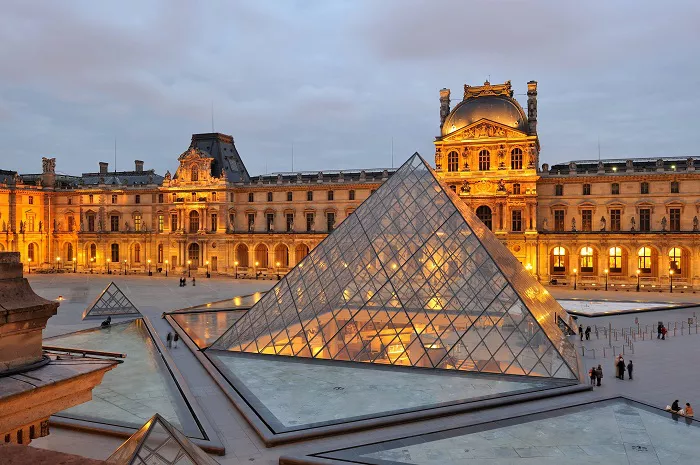The Louvre Museum in Paris, renowned as the world’s most visited art institution, closed its doors to the public on Monday following a spontaneous strike by employees protesting deteriorating working conditions. Staff members—including gallery attendants, ticket agents, and security personnel—cited overcrowding and insufficient resources as key factors making their work environment “untenable.”
Thousands of visitors, many holding pre-booked tickets, were turned away as the museum shut down. Reports indicate that the Louvre plans to reopen on Wednesday. The strike highlights the ongoing challenge posed by the vast number of daily visitors, with some rooms, such as the one housing Leonardo da Vinci’s Mona Lisa, accommodating up to 20,000 people daily. This overcrowding often leads to visitors focusing solely on marquee artworks while neglecting others.
To address these concerns, museum officials are considering measures such as implementing a limited “masterpiece route” to streamline visitor access to major highlights, including the Mona Lisa and the Venus de Milo. Earlier this year, French President Emmanuel Macron unveiled an 800-million-euro renovation plan aimed at modernizing the Louvre by 2031. Part of this plan includes introducing a surcharge for non-European Union visitors to help finance the overhaul.
The Louvre strike is part of a broader wave of anti-tourism protests across southern Europe, where local communities in destinations like Mallorca, Barcelona, and Venice are pushing back against the pressures of mass tourism on infrastructure, housing, and heritage sites. Similar challenges are seen in Greece, where authorities capped daily visitor numbers at 20,000 to the Acropolis in Athens in 2023 to protect the UNESCO World Heritage Site from damage caused by excessive tourism.
As tourism continues to surge, cultural institutions and local governments across Europe are grappling with how to balance visitor access with preservation and sustainable working conditions for staff.

